You might have come across various types of transformers in your daily life either knowingly or unknowingly. This article illustrates various transformer types. Before getting into classification, here is a brief introduction to the basic principle of the operation of transformers.
Transformers are devices used to transfer power between two AC circuits. It works on Faraday’s Law of electromagnetic induction. In all transformers except auto-transformers electric power is transferred from one circuit to another by a common magnetic field produced.
When an alternating current is applied to the input side of the transformer, it produces a magnetic field. Due to the sinusoidal nature of the AC supply, the magnetic field produced shall be varying. When this varying magnetic field intersects the coil at the output side of the transformer an E.M.F is induced in it. Click to read more on the principle of operation of the electric transformer. Different types of transformers are explained in brief in this article.
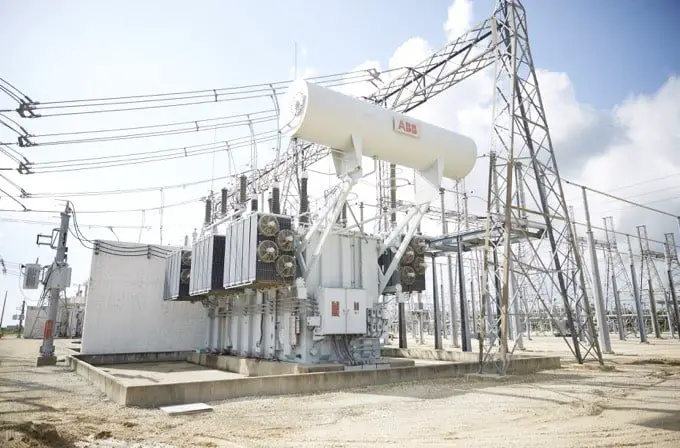
Types of transformers
Transformers can be classified in several ways. In this article, we have classified them based on their application. The following are the distinct types of transformers.
Apart from the types of transformers mentioned above, there are various other transformer types such as RF transformers, audio transformers, solid-state transformers, etc. which are not discussed in this section.
Power transformers
Transformers that are used at the generating station to step up generated voltage are normally referred to as power transformers. These transformers are usually rated above 500kVA and are present between the generator and the distribution circuits. These transformers are also known as step-up transformers. Their construction varies with rating and installation locations. For outdoor use, they are usually oil-immersed whereas power transformers intended for indoor use are primarily dry type.
Depending on the kVA rating power transformers are classified into small power transformers: 500 to 7500kVA, medium power transformers: 7500kVA to 100MVA, and Large power transformers: above 100MVA. Medium and large power transformers are equipped with added arrangements for cooling, tap changing arrangements, and Buchholz relay for internal fault protection. In addition to that, an oil conservator tank is also present for all power transformers. The above image of an outdoor type power transformer can be familiar to you.
Distribution transformers
Distribution transformers do the same job of delivering the power to consumers at required voltage levels. These types of transformers are step-down transformers – meaning that their function is to reduce the applied voltage to lower levels, to fulfill the requirements of consumers or load centers. Even though industrial standards limit the rating of distribution transformers to 500kVA, even higher ratings are also being manufactured.
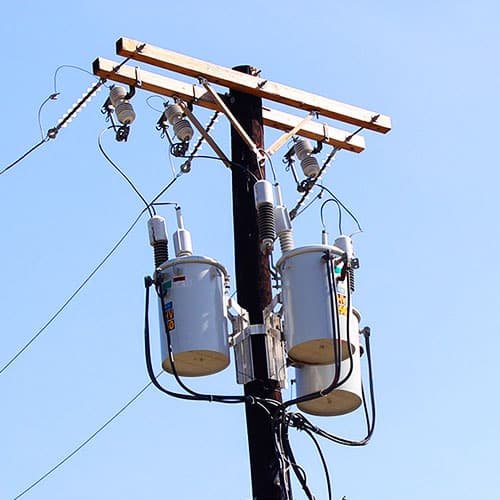
Constructional features of these transformers are similar to that of power transformers but sometimes lack Buchholz relay, oil conservator, and cooling arrangements. Distribution transformers are available in single-phase as well as three-phase versions.
Instrument transformers
Instrument transformers are used to provide isolation between the high voltage or high current circuits and measuring as well as protection devices. Instrument transformers are classified into Potential transformers or Voltage transformers (PT) and current transformers (CT).
Here are the differences between a potential transformer and a current transformer.
Potential transformers or voltage transformers
The potential transformers or voltage transformers are used to step down the system voltage to lower levels so that the measuring instrument can be connected. They cannot be used for supplying raw power to the load. They are used with voltmeters, wattmeters, power factor meters, frequency meters, synchroscopes, circuit breaker tripping circuits, etc. The primary side of the transformer is connected to the high-voltage circuit and the instrument or other circuits are connected to the secondary winding. Any number of instruments can be connected to the secondary until the total impedance does not exceed the rated burden of the PT.
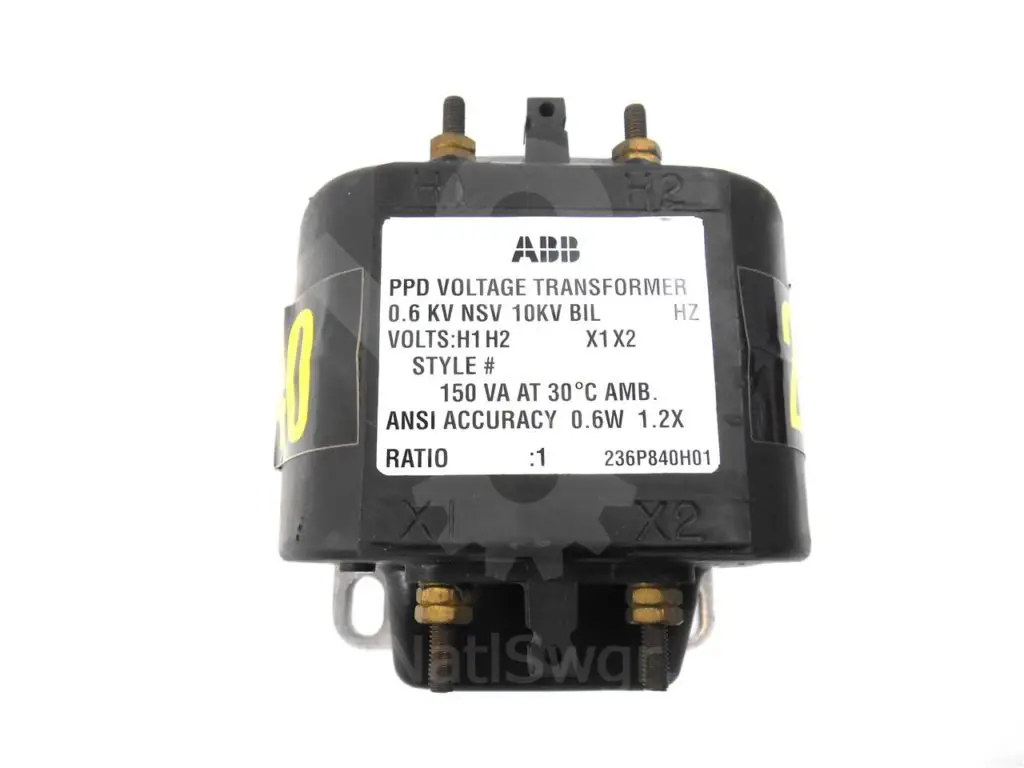
Current transformer
With potential transformers, current transformers or CTs are used to isolate measuring and sensing devices to high-current circuits. The primary of a CT is connected in series in the circuit to be monitored and the protection circuits and measurement devices are connected to its secondary. The physical aspects and the connections may vary from one CT to other depending on its type.
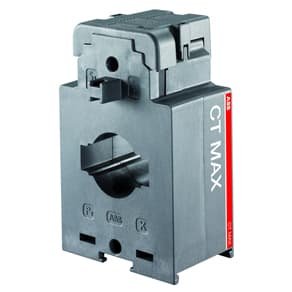
Current transformers are mainly classified into two types: Bar type CTs and Ring type CTs based on their construction. As stated above the bar-type CT carries full current through its primary whereas the ring-type CTs are installed over the current-carrying conductors.
Dry type transformer
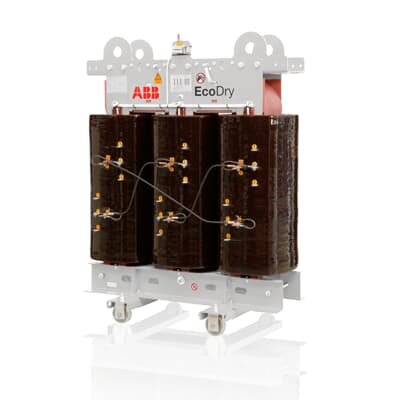
A dry-type transformer is one that does not contain a liquid medium surrounding its windings. The insulating medium surrounding the winding is a gas or dry compound. When compared to oil-immersed ones, dry-type transformers are lighter and non-flammable. Windings are coated with resin or varnish to protect them from adverse environmental conditions. They are suitable for both indoor and outdoor applications, but they are recommended only for dry environmental conditions. Some of them are equipped with forced cooling arrangements also. They are rated up to 30MVA or 30000kVA. The installation space required by them is much lesser than that of oil-immersed transformers.
Oil-immersed transformers
All power and distribution transformers, except the dry ones, are oil-immersed transformers. As discussed earlier, the core and windings on these transformers are completely immersed in oil. The transformer oil provides better insulation and cools the core and winding.
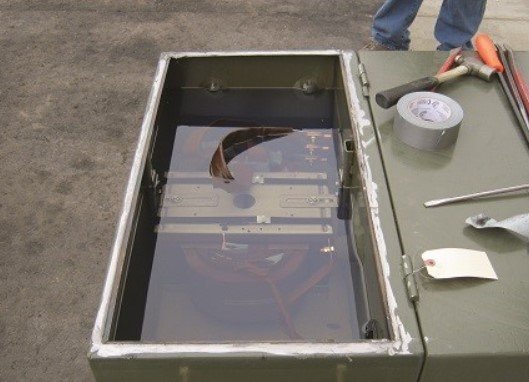
Isolation transformer
The isolation transformer is a type of transformer used to isolate a device or a circuit from the power supply. It provides galvanic isolation to the device. It has a turns ratio of 1:1 meaning that the primary and secondary of an isolation transformer contains an equal number of windings. It is capable of mitigating the DC component of a signal from one circuit to the other. This type of transformer can be found in DC power supplies and communication circuits.
Constant Voltage transformer
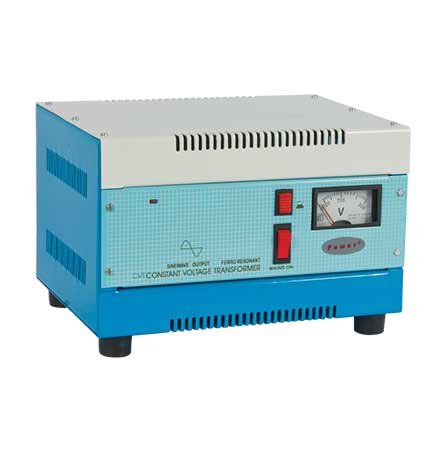
Constant voltage transformers or CVTs are primarily used as noise-reduction devices. It is a constant voltage output transformer, meaning large variations in input voltages results in very small variation in output voltage. These transformers are based on the saturation of ferromagnetic material and Ferro-resonance. CVTs are capable of reducing voltage sags and are widely used in dc power supplies, contactors, relays, solenoid valves, switched-mode power supplies, and PLC (Programmable logic controller) circuits. The output voltage regulation capability of a constant voltage transformer is determined by the inrush and steady operational currents of the connected load. CVTs works are low voltages (max 260V) and are available up to a rating of 1500VA.
Phase Shifting transformers
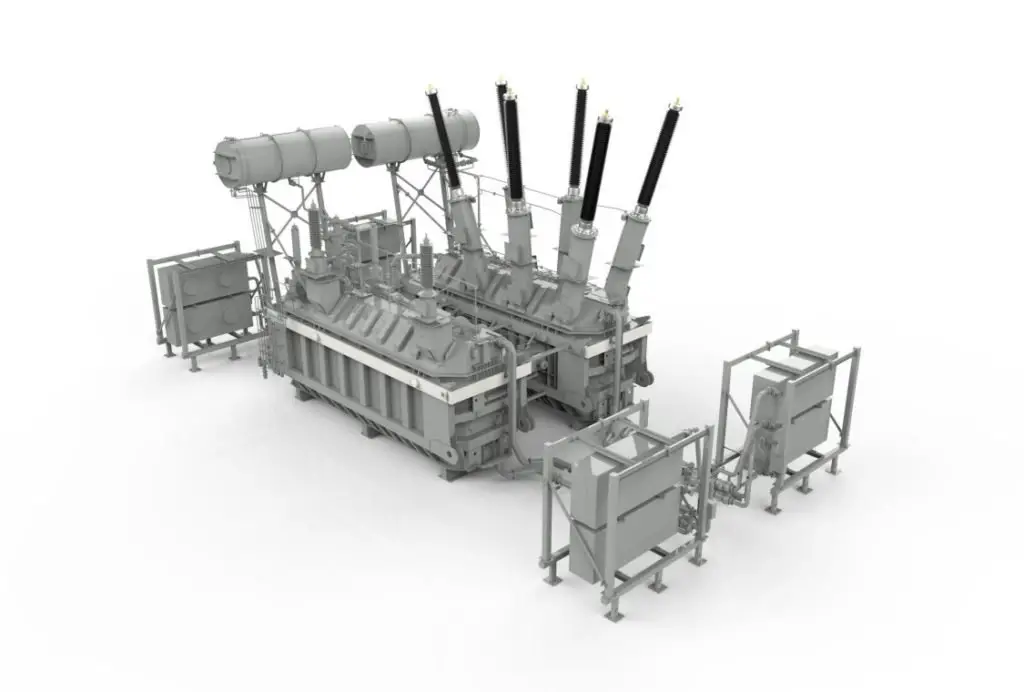
Phase-shifting transformers (PST) are used to improve the power transfer efficiency of AC networks. A PST creates a phase shift between the primary and secondary sides. This phase shift affects the flow of current through the circuit. It is also known as a quadrature booster. A quadrature booster consists of two separate transformers. One of them is connected in series to the main circuit and the other is connected across the phases. The output of the shunt transformer is then applied to the input side of the series transformer. The magnitude of voltage and phase shift can be controlled by varying the taps on the secondary of shunt connected transformer.
Step-Voltage regulators
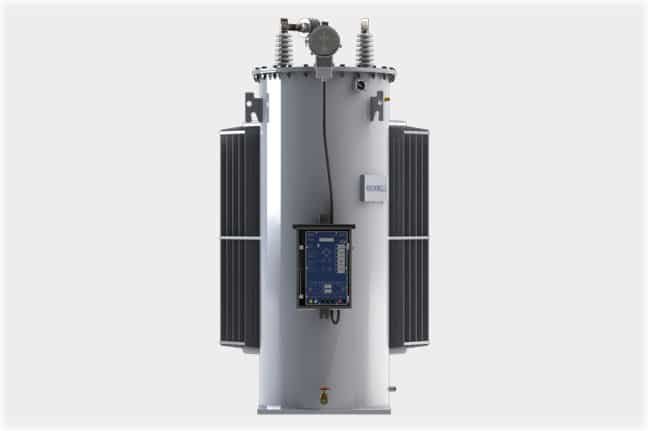
Maintaining the voltage level within the limit is necessary to maintain power quality. The step voltage regulator is one such device that keeps the magnitude of voltage within the limits. It consists of an autotransformer, a tap changer, and a control circuit for automatic tap changing. Step regulators can be used in single-phase, three-phase, or any one-phase of the wye or delta-connected three-phase system.
Autotransformers
An autotransformer is a transformer single winding. It consists of a single winding that acts as both primary winding and secondary winding. The energy transfer between the primary and secondary sides of an autotransformer happens mainly through conduction and a small amount of energy is transferred by induction. Their advantage over the two winding transformers is that for the same VA rating, autotransformers need lesser copper conductors for windings. Also, it has lesser losses and higher efficiency than normal transformers.
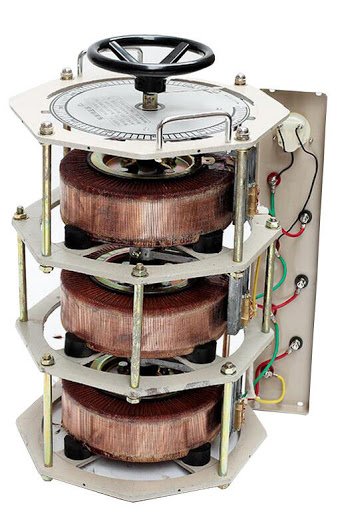
Autotransformers are widely used as AC motor starters and in laboratories to continuously varying voltage. They are available for single-phase and three-phase circuits. Three-phase transformers have three separate windings for each phase. Autotransformers are commercially known as variac and are available up to 2MVA.
Grounding transformers
In a distribution transformer with delta-connected secondary or ungrounded WYE secondary connections, a grounding transformer is used to provide a ground path or neutral. This can help in reducing voltage transients when restriking ground faults occur. Zig-zag transformers can also be used for grounding.
Read more about grounding transformers: Grounding transformer or Earthing transformer
Toroidal transformer
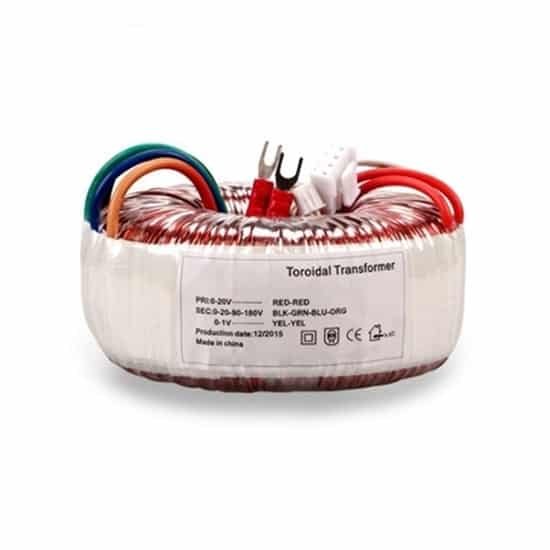
These are small transformers found inside electronic circuit boards, especially in power supplies, amplifiers, televisions, radios, inverters, etc. They are made by winding wire over donut-shaped ferromagnetic cores.
The types of transformers are not limited to those mentioned above. There are several other transformer types that are manufactured for a specific application.
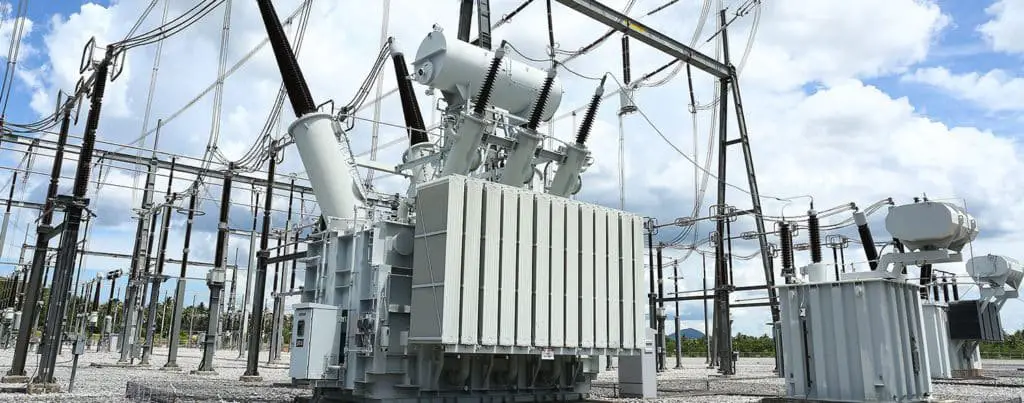
easy explanation covering all the aspects.. awesome post